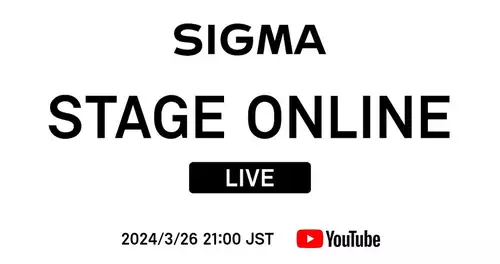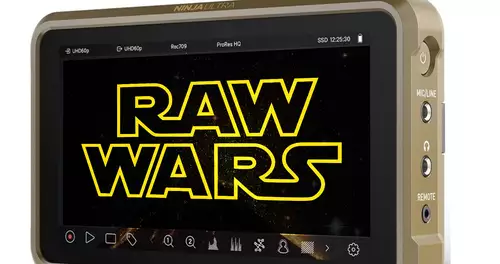Frage von je-wo:
Hello,
if you have color-corrected video, then how can you say in retrospect, if it's still a video standard (PAL / NTSC, etc.) or equivalent standard broadcast quality.
I do not mean to increase individual colors or weaken slightly, but so important to cut the plaster. eg the heights completely override so that some of Hinergrund is totally eclipsed. How do I determine, then, whether the whole thing is within the standards?
Is there `s (to it) to simplify, perhaps even a test program that the video afterwards abprüft to a particular video standard?
Antwort von Markus:

Hello,
You might consider using the video waveform monitor (brightness) and Vector Scope (Color). Some video editing programs also offer such a possibility of control.
Antwort von udo:
 You might consider using the video waveform monitor (brightness) and Vector Scope (Color).
You might consider using the video waveform monitor (brightness) and Vector Scope (Color). Had time to a question. So this does indeed synonymous as a standalone application. I would be something like
Antwort von Kellergeist:
 Hello,
Hello,
if you have color-corrected video, then how can you say in retrospect, if it's still a video standard (PAL / NTSC, etc.) or equivalent standard broadcast quality. no preference what you do, PAL is PAL and NTSC is NTSC.
Antwort von je-wo:

no preference what you do, PAL is PAL and NTSC is NTSC. Regarding Resolutionund framerate yes, but I did not know if the video standards can not represent different color spaces, or whether they are equal. That's what mostly in color correction.
So if this is so, then we restrict the question:
How can one test whether the picture still represents a valid standard, or on all televisions with a transmission equal to or represented at least very similar will / can be?
Waveform monitor and vector scope schonmal are good ideas but the question arises whether there are still simpler options.
I really need to test a monitor to see if the picture is for this or that point in time (t) ok or not, but rather like an sowas Porgramm / filter where the video into it and returns "ok" or "not ok" comes out . Certainly a message like the monitors is good, but unsuited for a compatibility test, because I need to try to play a video, this completely and watching the monitor. An easy-ok or not ok according to an analysis of the video would give me for my case, however satisfying and save time.
Antwort von Markus:
 How can one test whether the picture [...] televisions during a broadcast on all the same or at least very similar will be shown / can be?
How can one test whether the picture [...] televisions during a broadcast on all the same or at least very similar will be shown / can be? Quite simply, we were not. Hardly a television is regularly calibrated and conform with the standards set. Especially the newer devices often exaggerating the color saturation. For older boxes brightness and contrast are on the notice, the overscan pushes the channel logo from the visible range.
If either waveform or vector scope will be used to assess the image, you can put yourself and the only judge alone after a preset-standard video monitor.
Antwort von Rudix:
 You might consider using the video waveform monitor (brightness) and Vector Scope (Color).
You might consider using the video waveform monitor (brightness) and Vector Scope (Color).
Had time to a question. So this does indeed synonymous as a standalone application. A very interesting question!
Gibe is a Wafeform monitor as a standalone program? This would greatly help me synonymous.
Cheers
RD
Antwort von Markus:
 Gibe is a Wafeform monitor as a standalone program?
Gibe is a Wafeform monitor as a standalone program? Much more than that:









